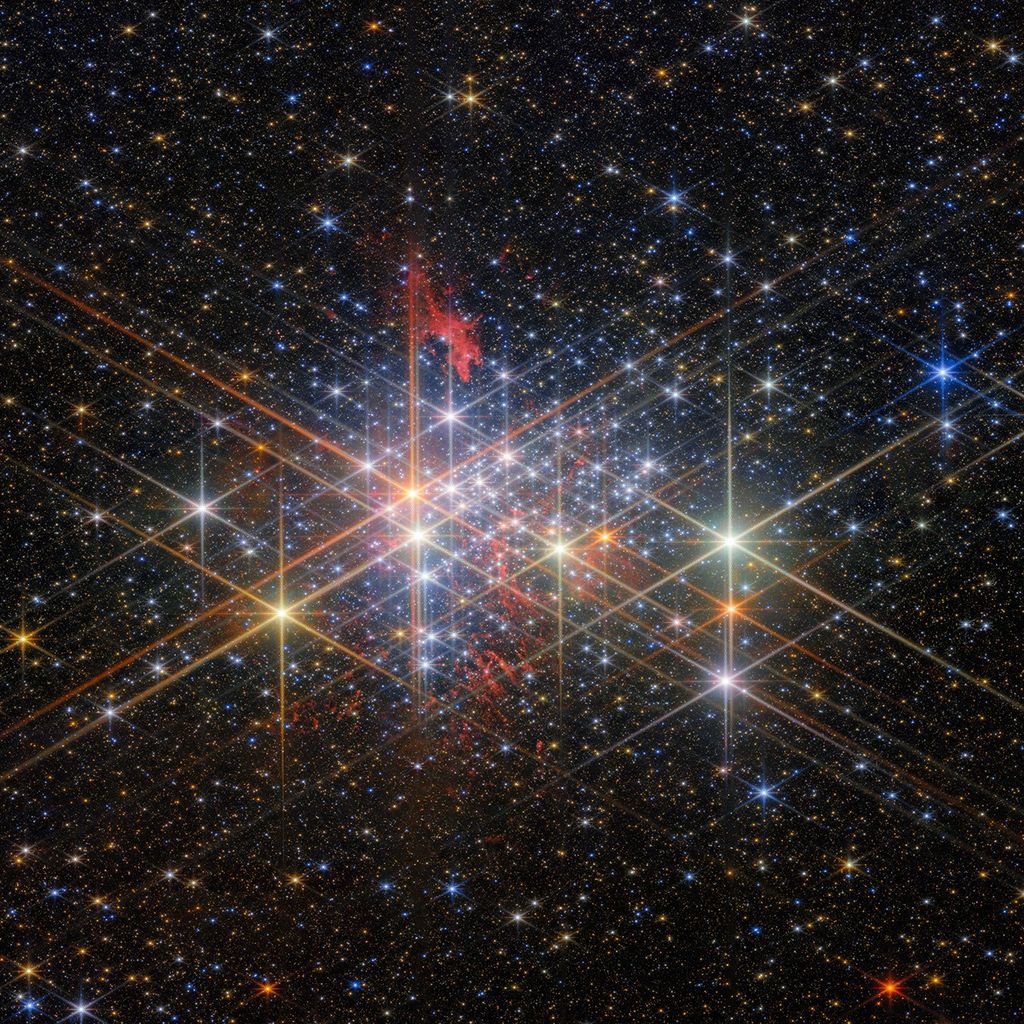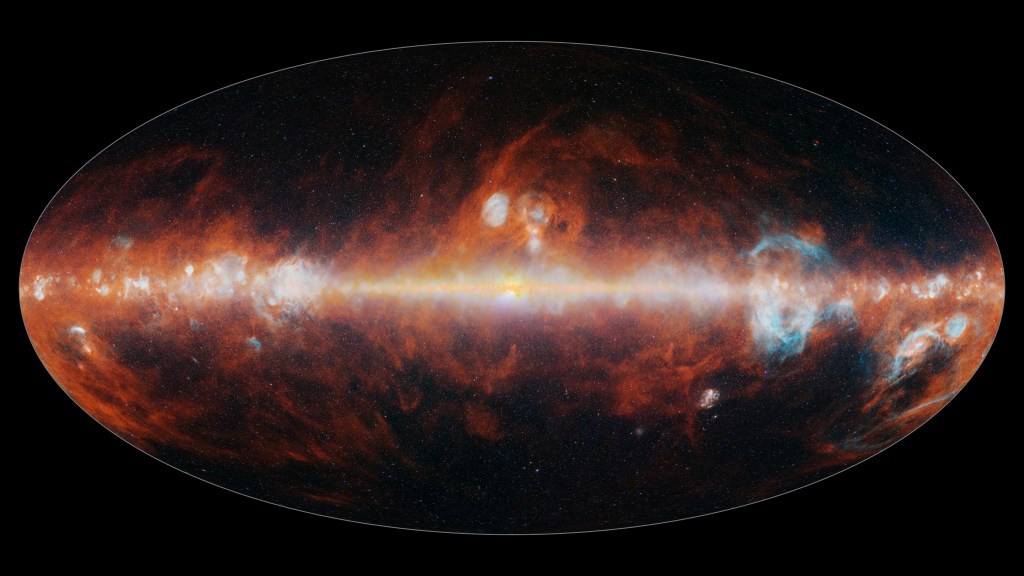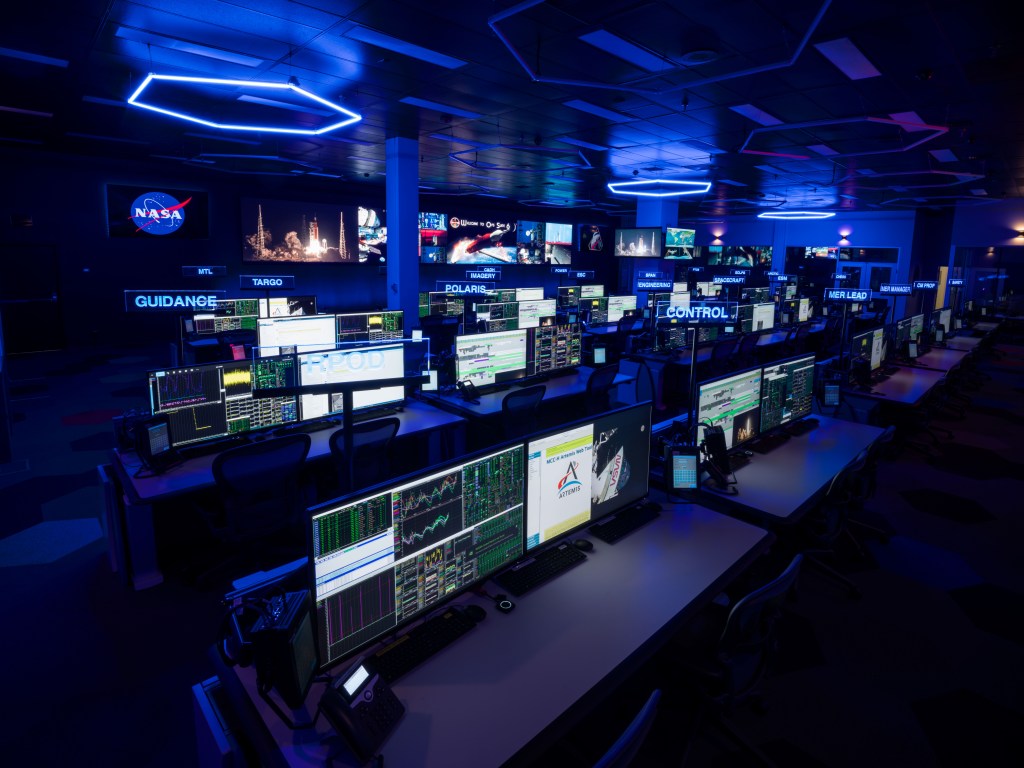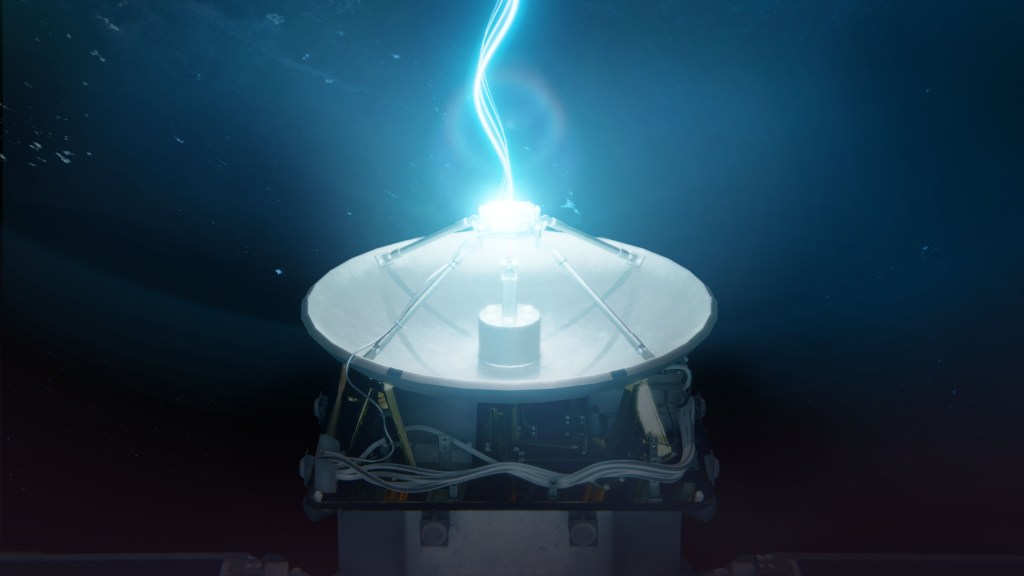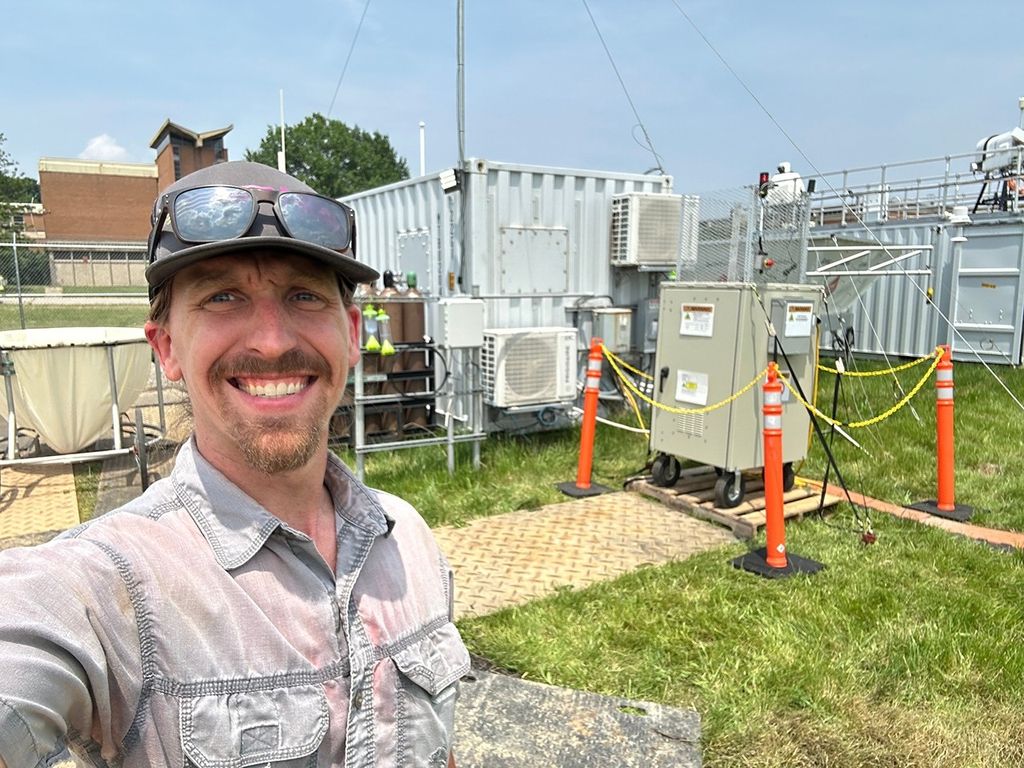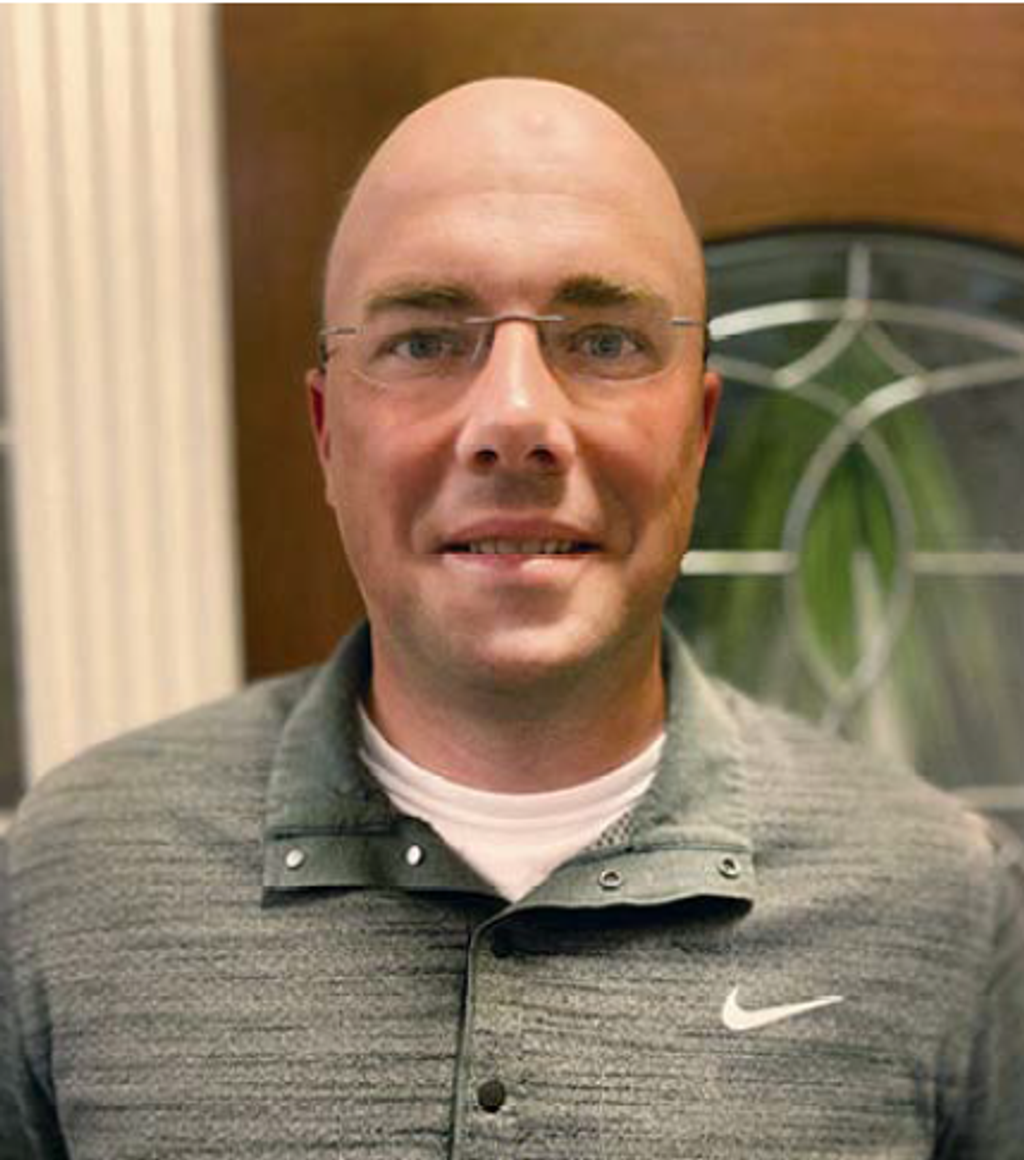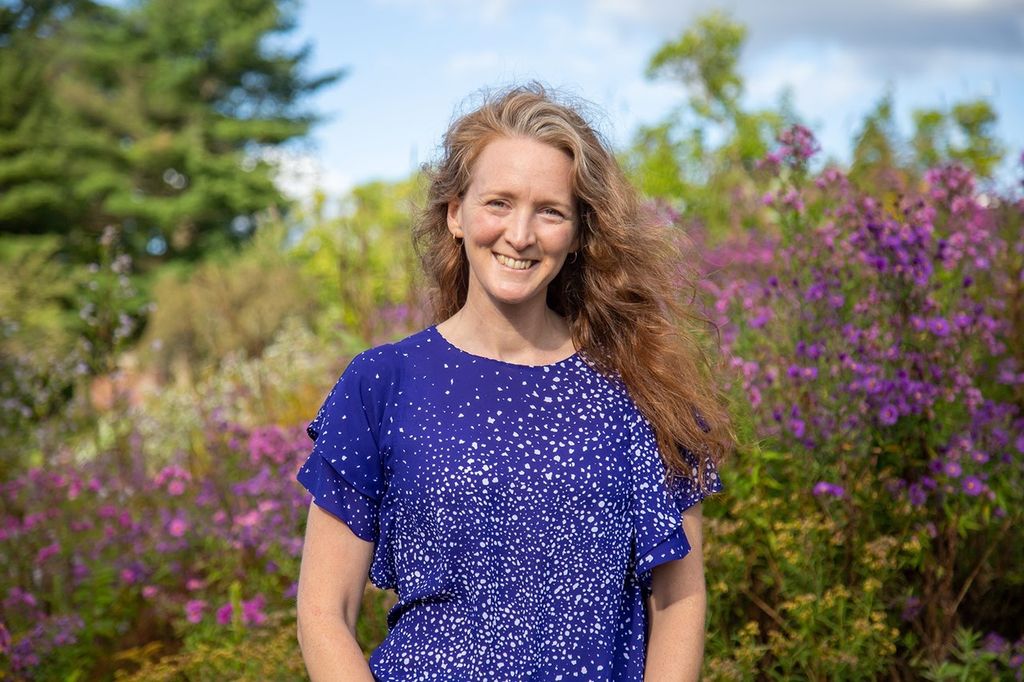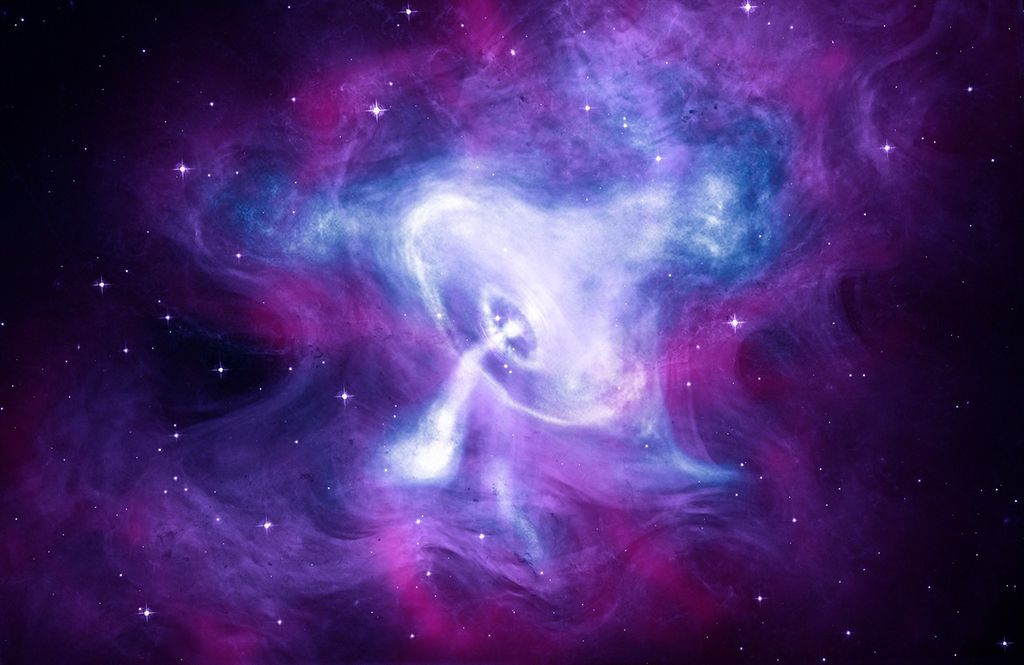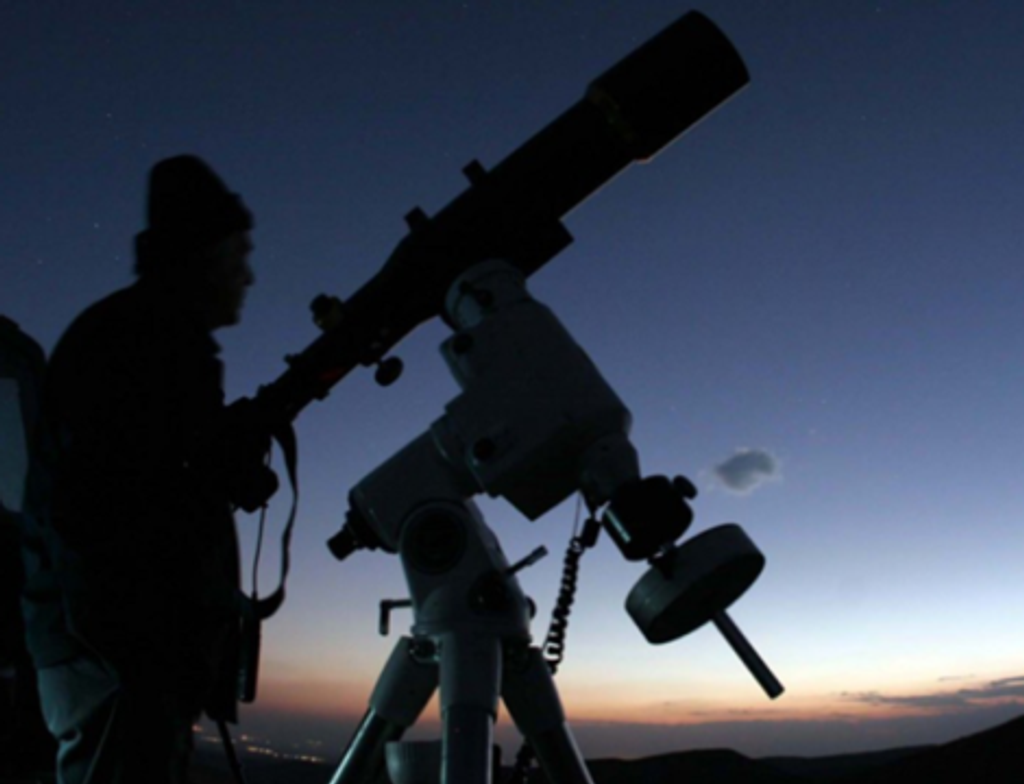Week Ends with Vein Scans, Brain Research, and 3D Microscope Test
Vein scans and hearing checks were the main human research activities aboard the International Space Station on Friday ensuring the Expedition 73 crew remains healthy. The orbital residents also tested a 3D microscope and kept up the maintenance of the orbital outpost at the end of the week.
NASA Flight Engineer Jonny Kim activated the Ultrasound 2 device inside the Columbus laboratory module and scanned the neck, shoulder, and leg veins of Roscosmos cosmonauts Sergey Ryzhikov and Alexey Zubritsky. Afterward, station Commander Takuya Onishi of JAXA (Japan Aerospace Exploration Agency) took control of the biomedical activities and scanned the veins of Kim. Doctors on the ground monitored the downlinked ultrasound imagery in real time gaining insight into the condition of the crew’s cardiovascular system in microgravity.
Kim also took turns with Ryzhikov and Zubritsky and participated in a computerized hearing exam with remote support from doctors on the ground. Space station systems run continuously at different volumes and researchers are studying how the orbiting lab’s acoustic environment affects a crew member’s hearing.
NASA Flight Engineer Nichole Ayers worked on a pair of different studies on Friday, first looking at how blood flows from the brain to the heart then demonstrating the operation of an advanced biology microscope. Ayers began the day attaching sensors to her neck and chest measuring the volume of blood flowing back and forth. Scientists are using the data to test a tool that can check an astronaut’s cardiovascular health in different gravity environments. Next, Ayers treated samples of deep-sea bacteria that will be viewed inside a holographic, fluorescence imaging microscope. Known as the Extant Life Volumetric Imaging System, or ELVIS, the specialized 3D imaging device could be used to monitor water quality, detect potentially infectious organisms, and study liquid mixtures and microorganisms in space and on Earth.
NASA Flight Engineer Anne McClain spent her day on lab maintenance. She began her shift monitoring the airflow between the modules of the station’s U.S. segment ensuring the operability of the ventilation system. Next, she verified the functionality of computer tablets that will be used once the private crew of Axiom Mission-4 arrives at the station in June. At the end of her shift, McClain downloaded data collected from wearable radiation detectors, documented her meals for the day, and swapped drying agents inside a science freezer.
Before his vein scans, Ryzhikov, a three-time station resident, tested communication systems in the Zvezda service module then charged Soyuz spacecraft phone batteries. Zubritsky inspected the Zarya module’s power supply system with an infrared camera as part of troubleshooting procedures. Roscosmos Flight Engineer Kirill Peskov turned off ultraviolet atmospheric observation gear after an overnight imaging session then inventoried medical hardware in the station’s Roscosmos segment.
Learn more about station activities by following the space station blog, @space_station and @ISS_Research on X, as well as the ISS Facebook and ISS Instagram accounts.
Get the latest from NASA delivered every week. Subscribe here.


